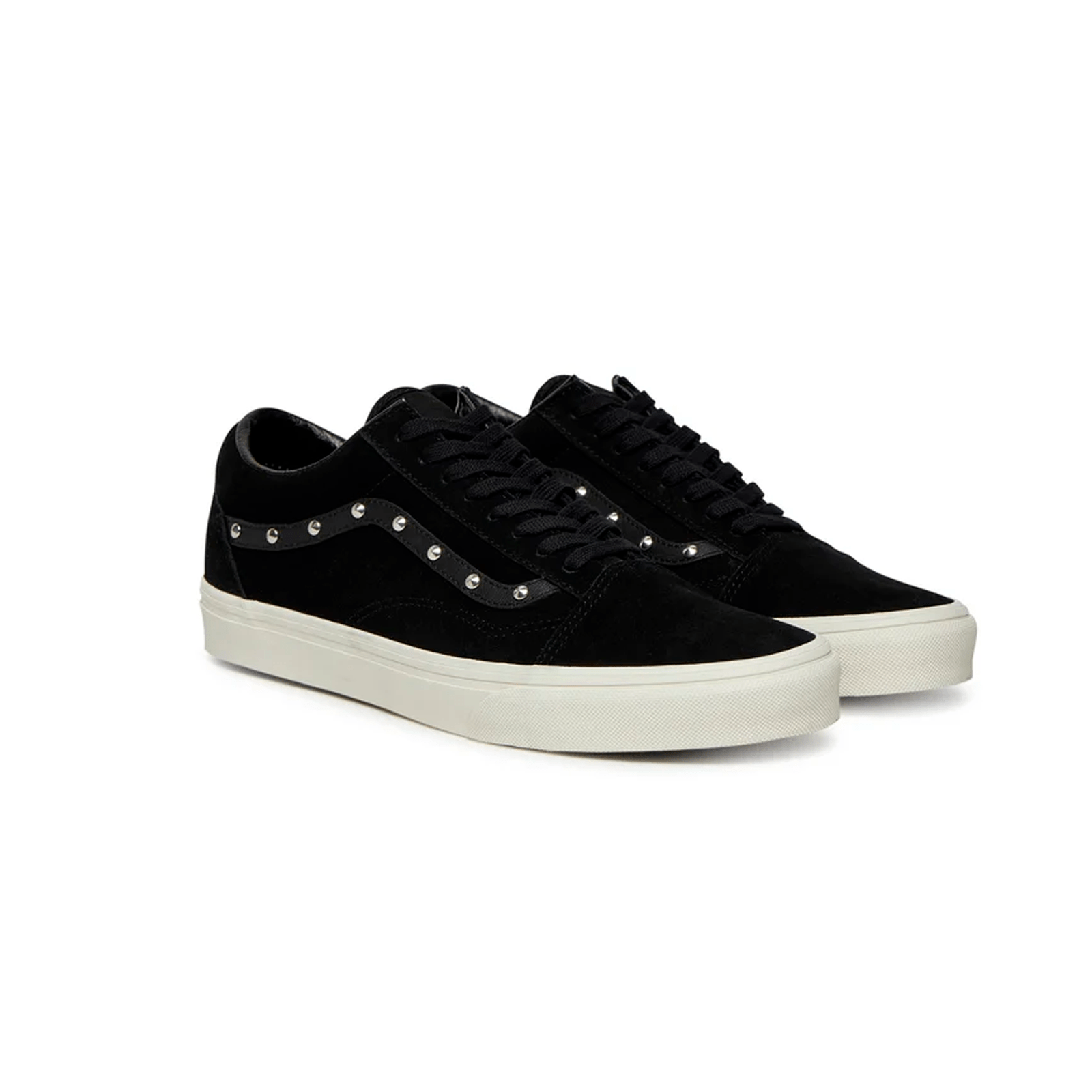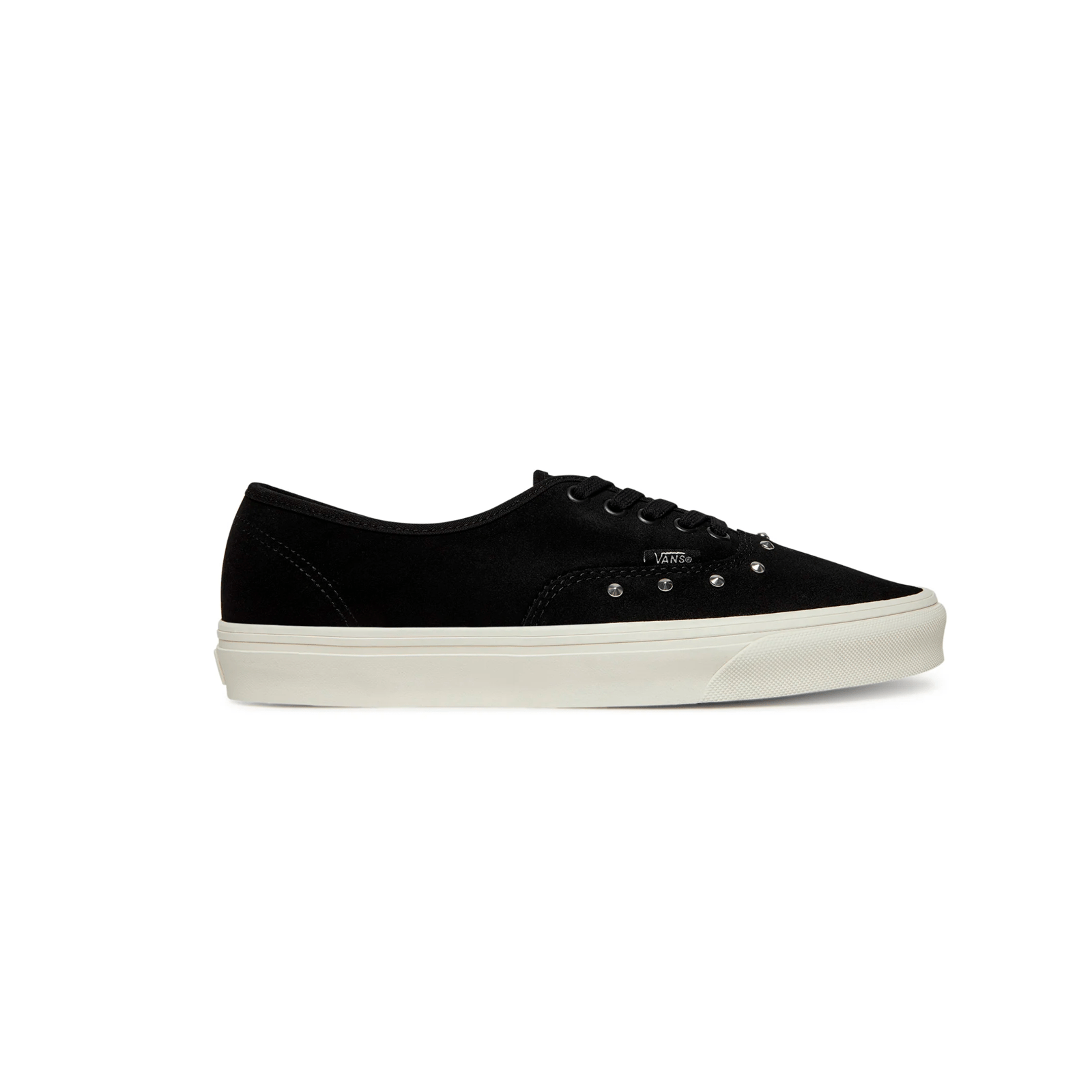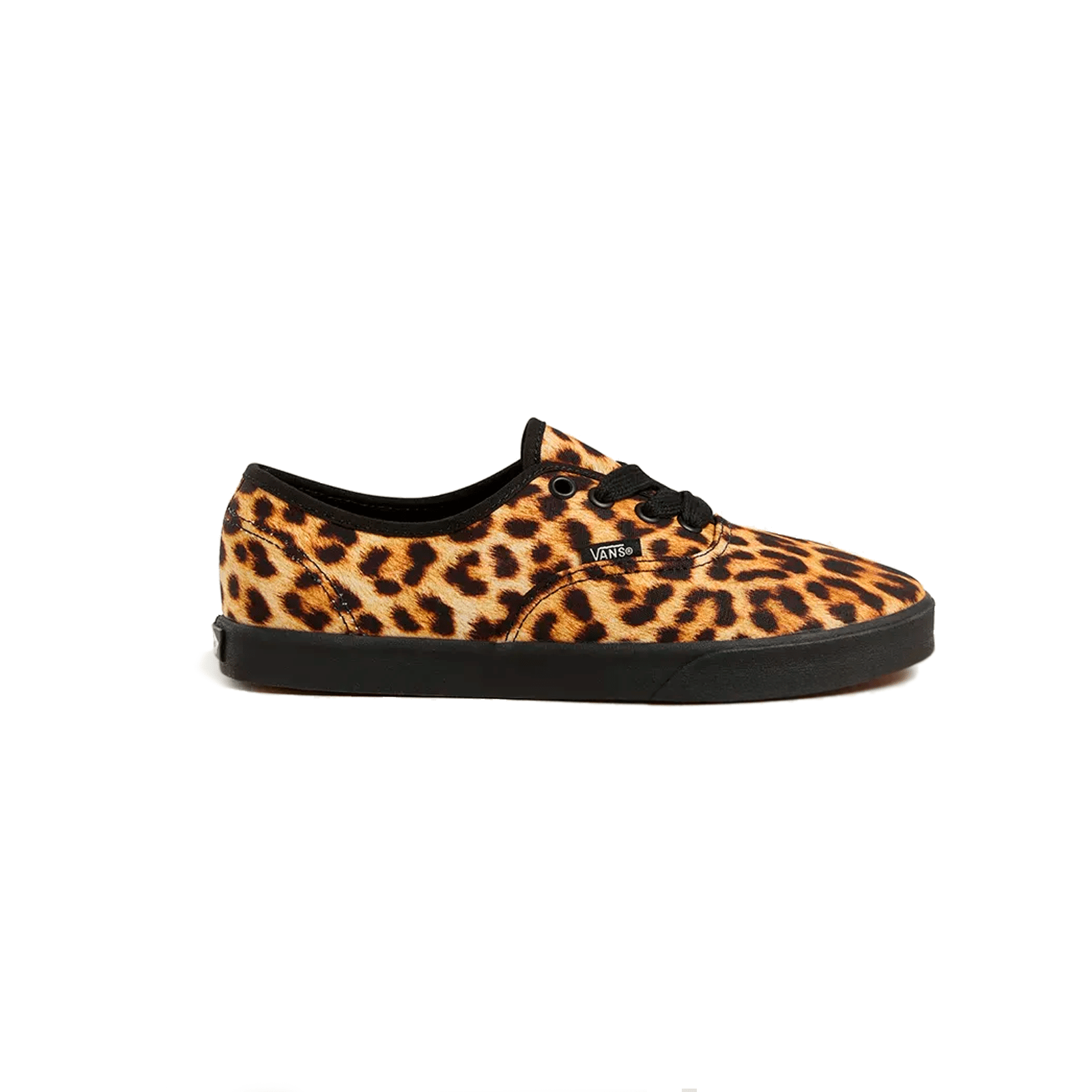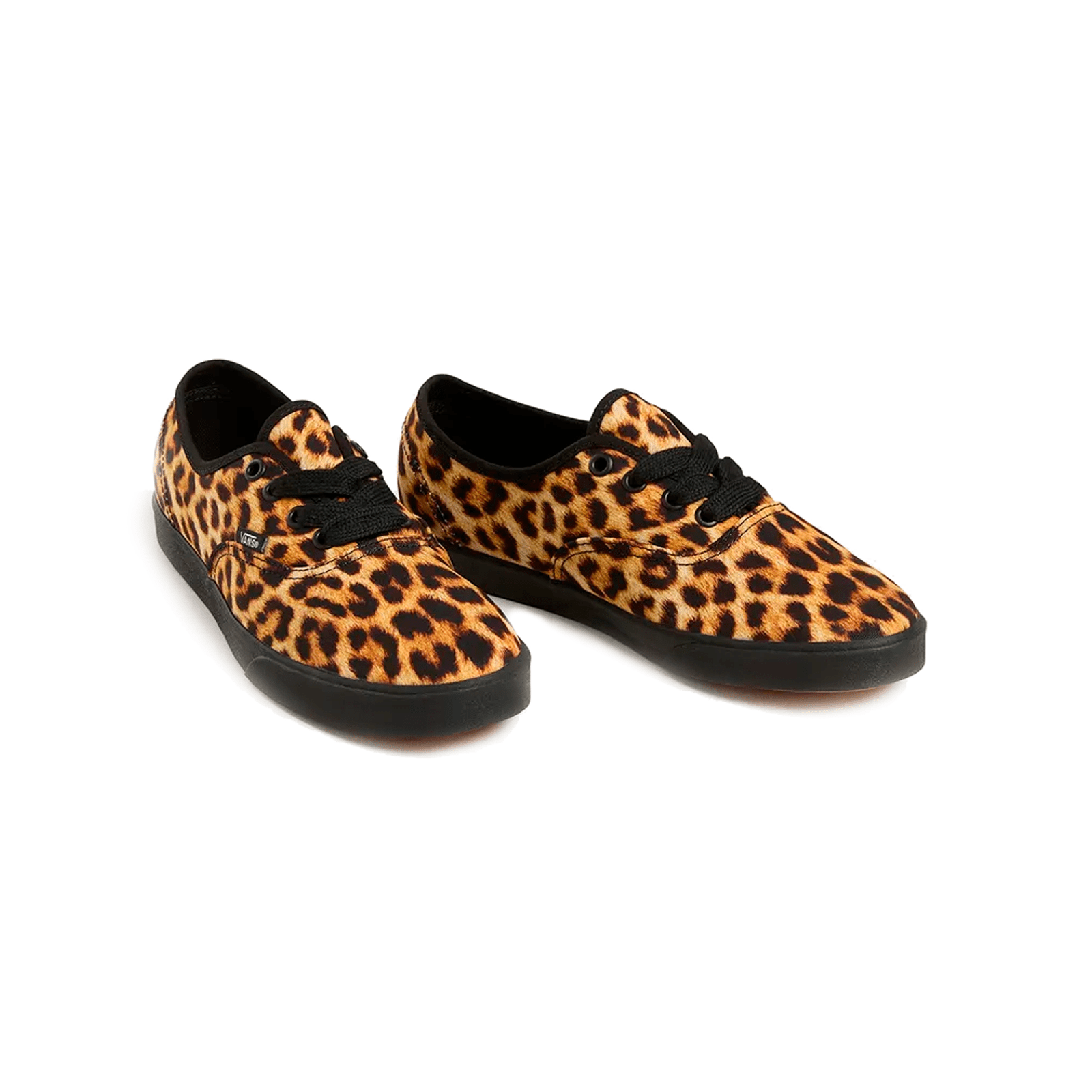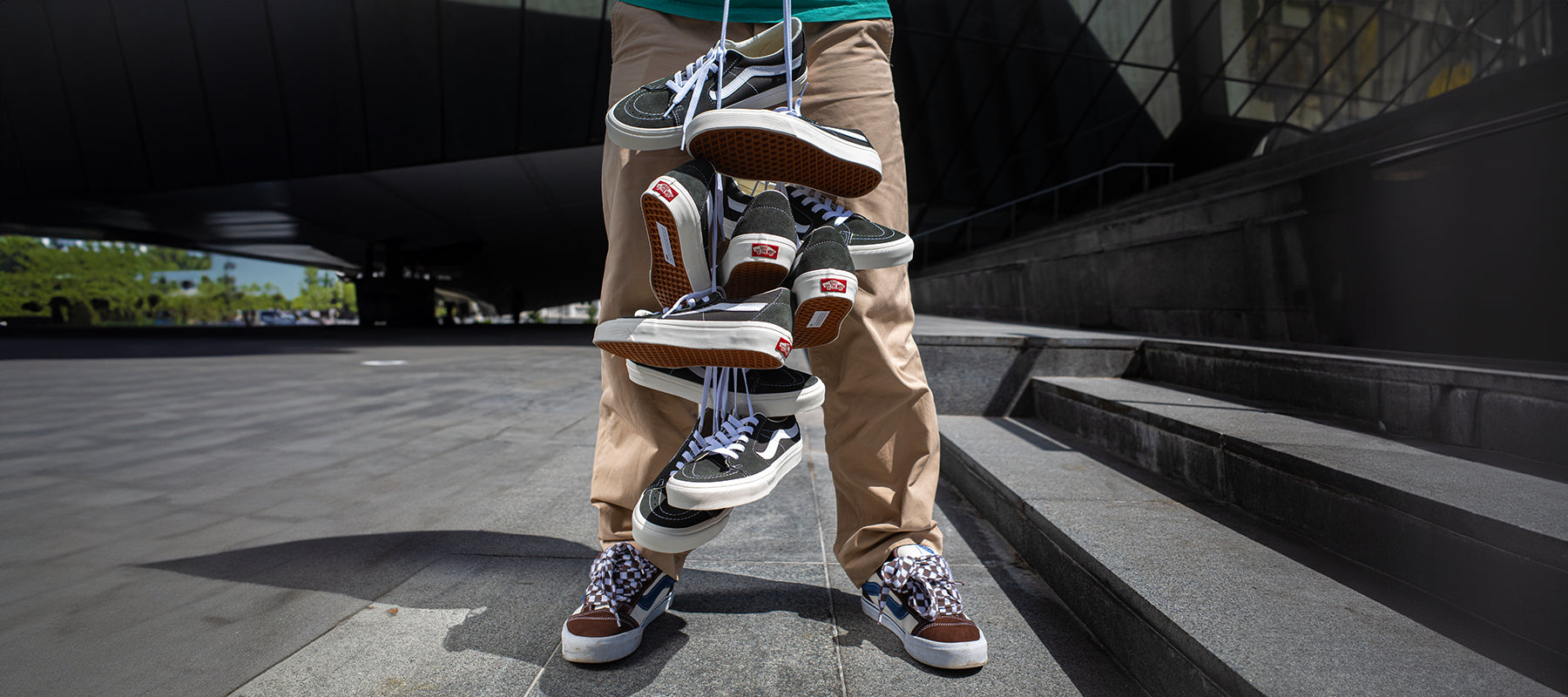

history
Vans Brand History
First Steps: The Van Doren Rubber Company
Brothers Paul Van Doren and James Van Doren, along with partners Gordon Lee and Serge Delia, officially opened The Van Doren Rubber Company, now known as Vans, on March 16 1966 in Anaheim, California.
On that first morning, 12 customers purchased shoes which were made that very day, ready for pick-up in the afternoon.
The Vans #44 deck shoe, which is now known as the Vans Authentic was priced between $2.29 and $4.29.
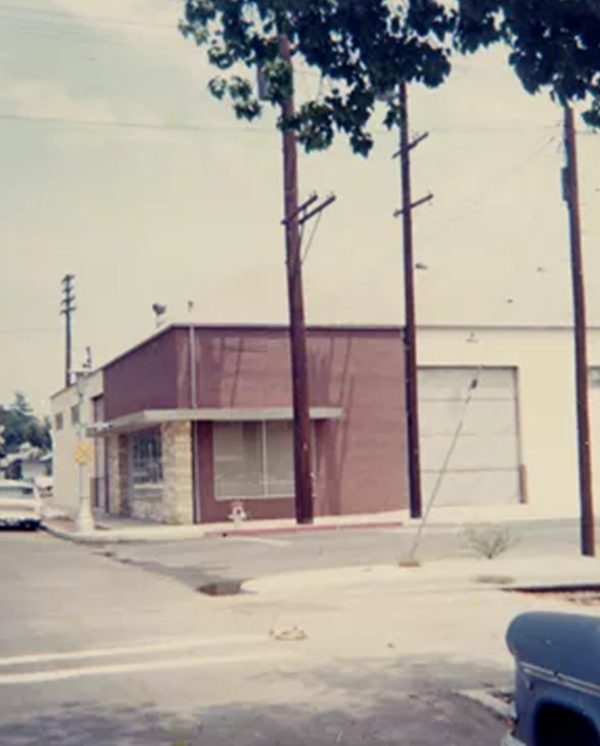


First Vans store
Vans were forced to open more retail spaces, with their first standalone store located in Costa Mesa.
They added a total of 9 new stores, but only 4 were turning over a profit. While the accountant recommended shutting down the unprofitable stores, the Vans teams argued that they should in fact be opening more.
They reasoned that more stores meant higher production volume and production costs, which would in turn increase profits and and would thereby make up for the failing stores.
As a result, Vans were practically opening a store every week. This strategy was moderately successful at best though, and Vans barely stayed afloat during this period.

Vans Waffle Insole
Vans was also lightyears in-front of the competitors in terms of customisability. Due to the retail and manufacturing being so closely intertwined, customers could literally design their shoes themselves. If a potential buyer brought in a viable fabric, Vans would make them a unique pair of shoes literally overnight.
By heating, compressing, and waffling the rubber in a mold, Vans produced outsoles that were durable and flexible — great for riding a skateboard.
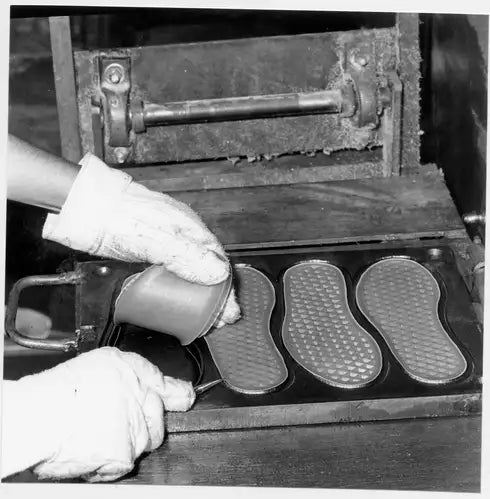
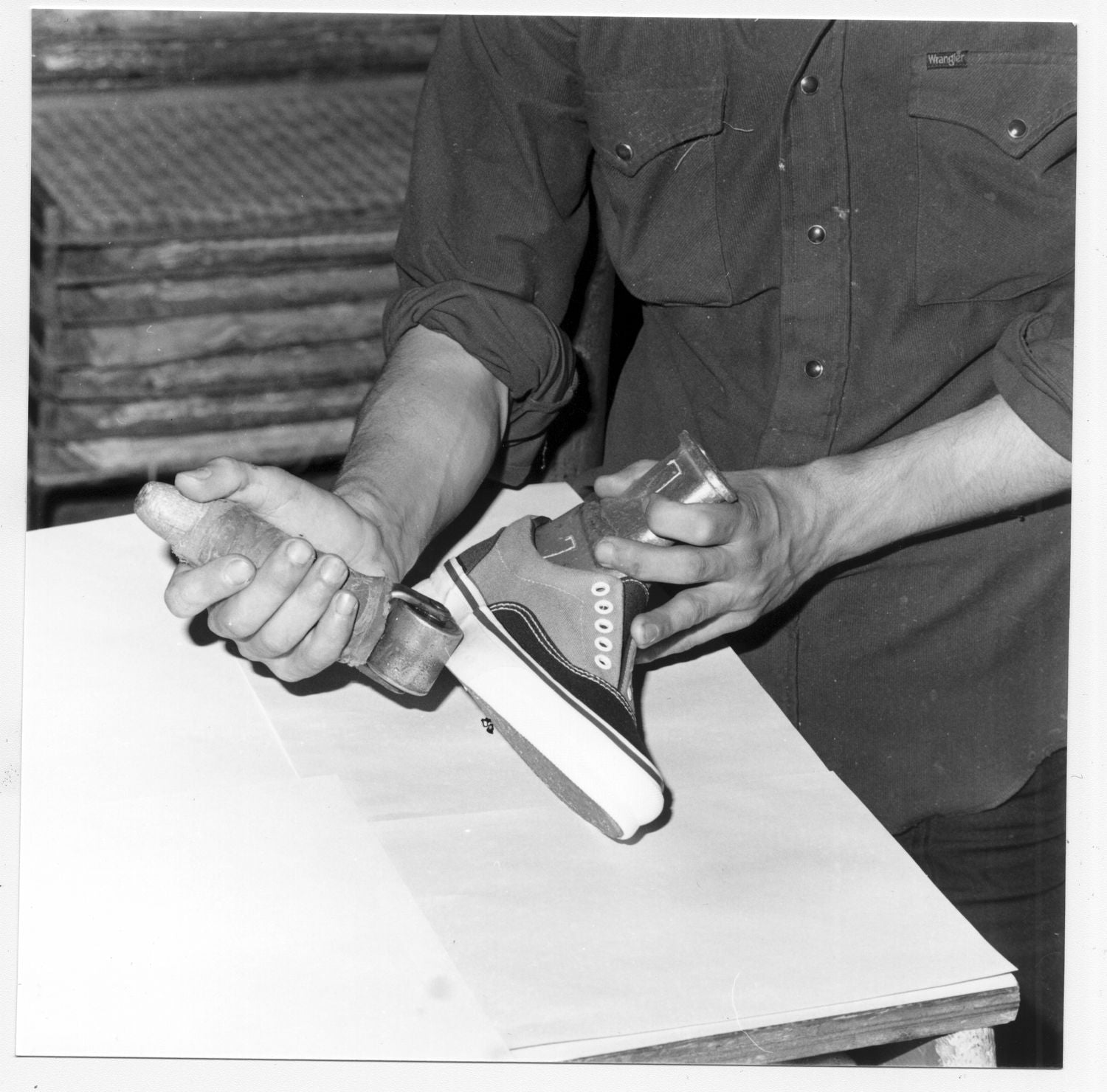

Logo "Vans"
The original Vans skateboard logo was designed in Costa Mesa, California, by Mark Van Doren, son of then-President and co-owner James Van Doren, at age 13; Mark's design was a stencil, allowing the logo to be spray-painted onto his skateboards.
The design was incorporated into the heel tab on Style 95, an early Vans skateboard shoe. Mark's interest in skateboarding is what led Vans to manufacture skateboarding shoes.
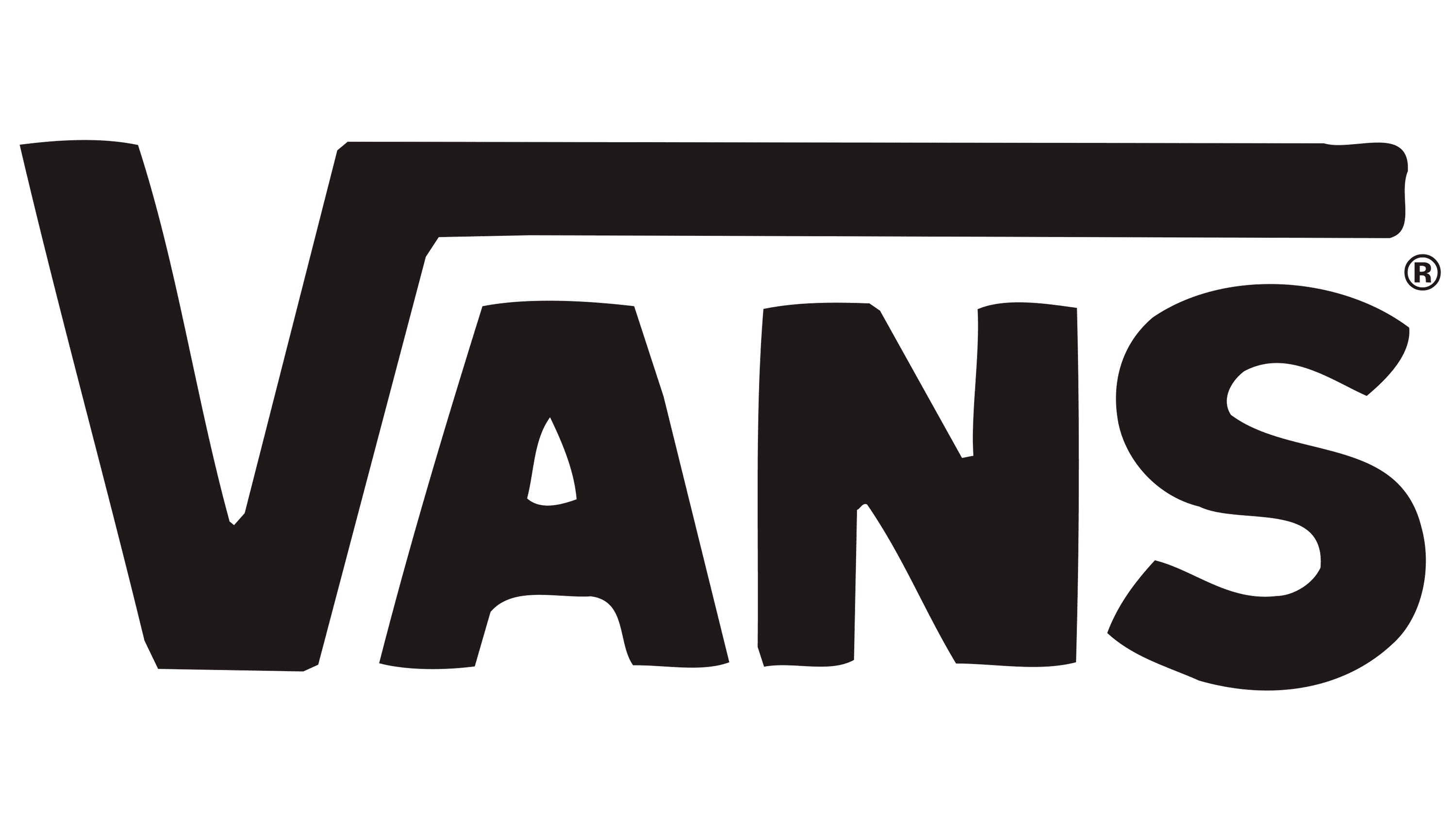
Skateboarding Culture
In the 1970s, Vans became deeply intertwined with skateboarding culture. Collaborations with legendary skateboarders like Stacy Peralta, Tony Alva, and Steve Caballero led to iconic models such as the Vans Era and the Half Cab.
Stacy Peralta was one of the founders of the legendary skateboarders' group "Z-Boys" in the late 1970s. He is considered one of the main pioneers of vertical skateboarding and is known for his revolutionary tricks and riding style. Stacy Peralta collaborated with Vans in the early days of their partnership, and a significant outcome of this collaboration was the creation of the iconic Vans Era shoe model. Peralta played a key role in the development of this model, which became an integral part of skateboarding culture.
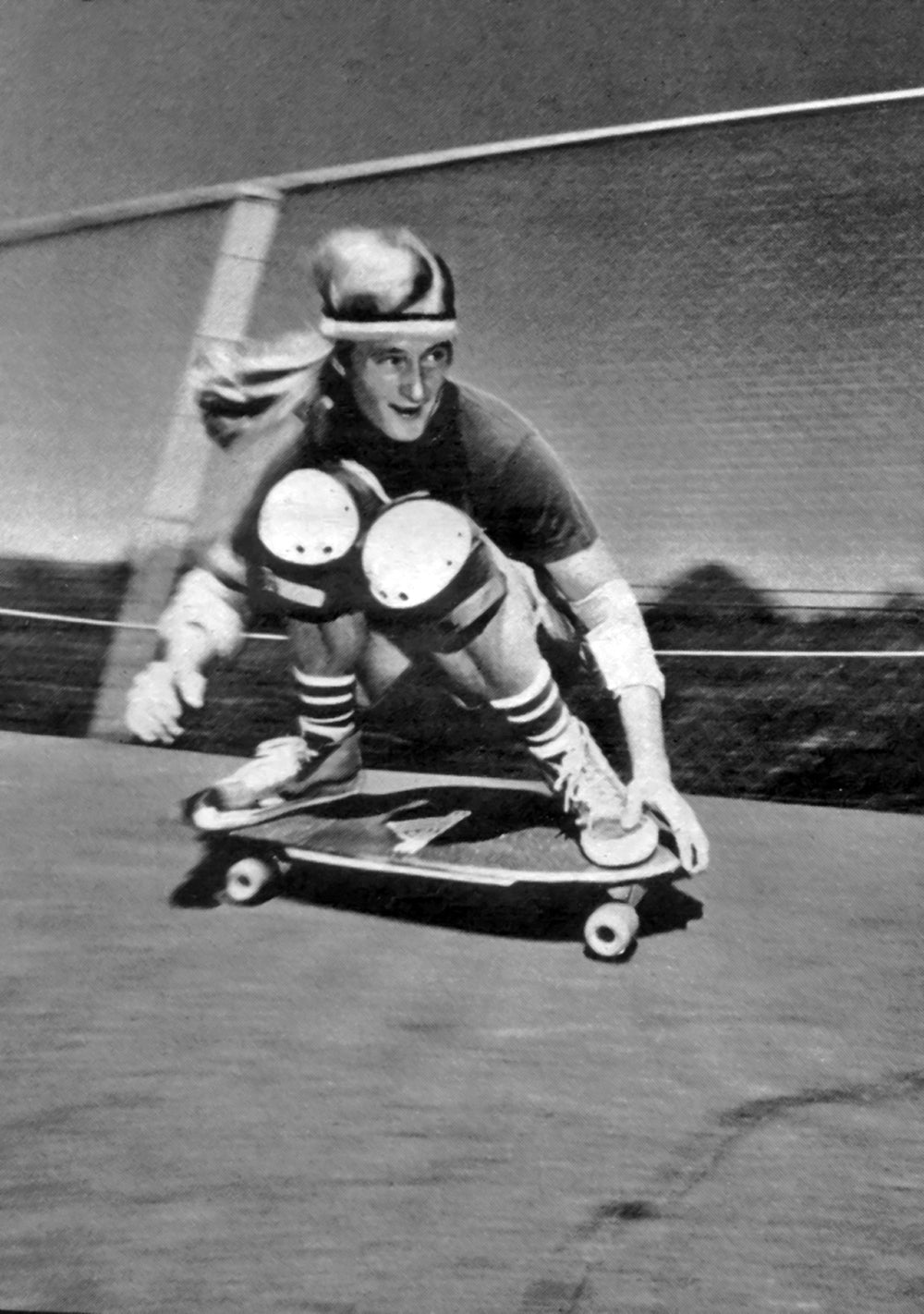
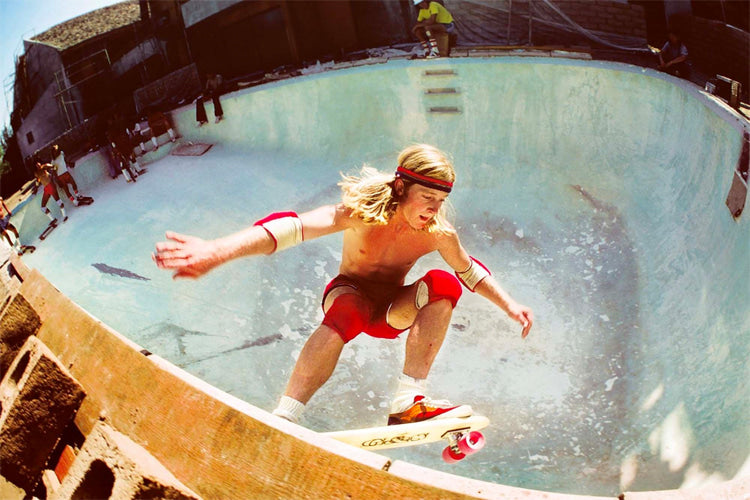

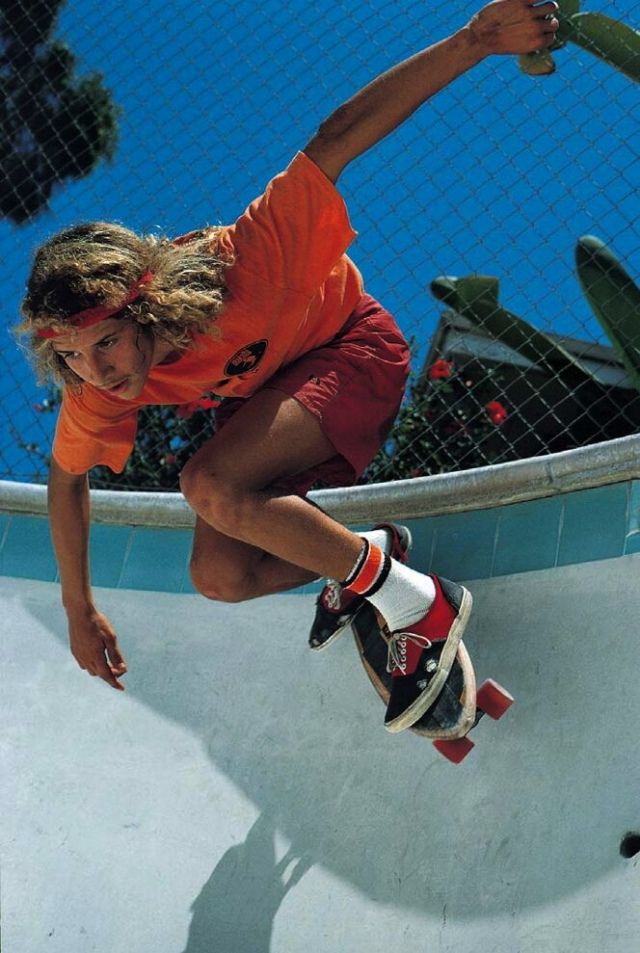
Tony Alva was one of the pioneers of skateboarding in the late 1970s. He is a member of the famous "Z-Boys" group, which became a symbol of the skateboarding revolution in Southern California. Alva is known for his aggressive style and exceptional skills on vertical ramps.
Tony Alva skates in Toronto, Canada on Sept. 17, 1977
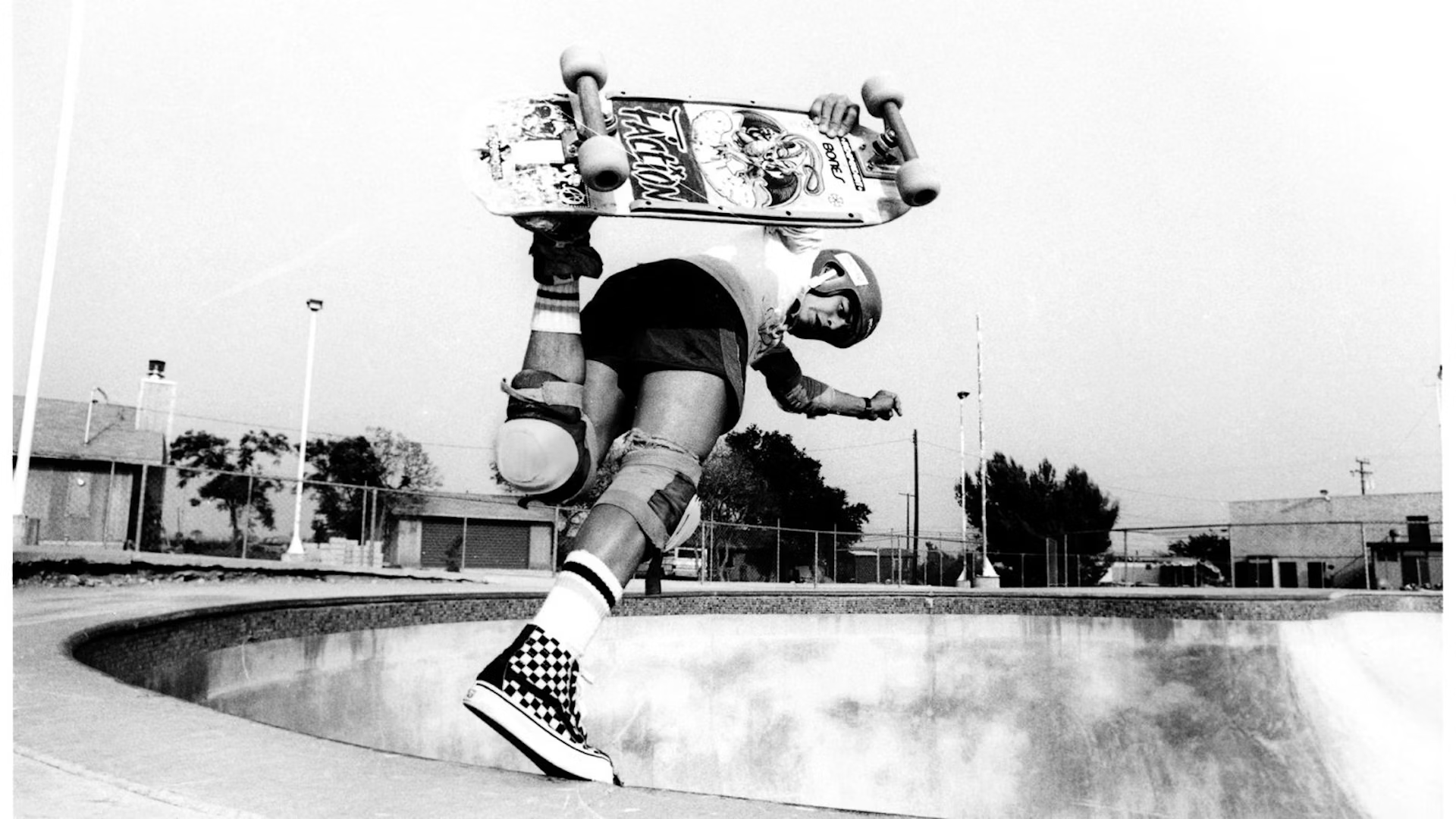
Steve Caballero is a skateboarding legend who has been prominent since the 1980s. He is renowned for his unique style, technical prowess, and the variety of tricks he developed.
Vans developed an iconic shoe model called the Vans Half Cab, inspired by Steve Caballero, who was known for his love of high ollies. The Half Cab was originally released in 1991 and was one of the first models designed specifically for skateboarding. This model quickly became a symbol of skateboarding culture and one of Vans' most popular products.
Steve Caballero skates wearing a pair of Vans checkerboard high tops in 1984. Courtesy Vans
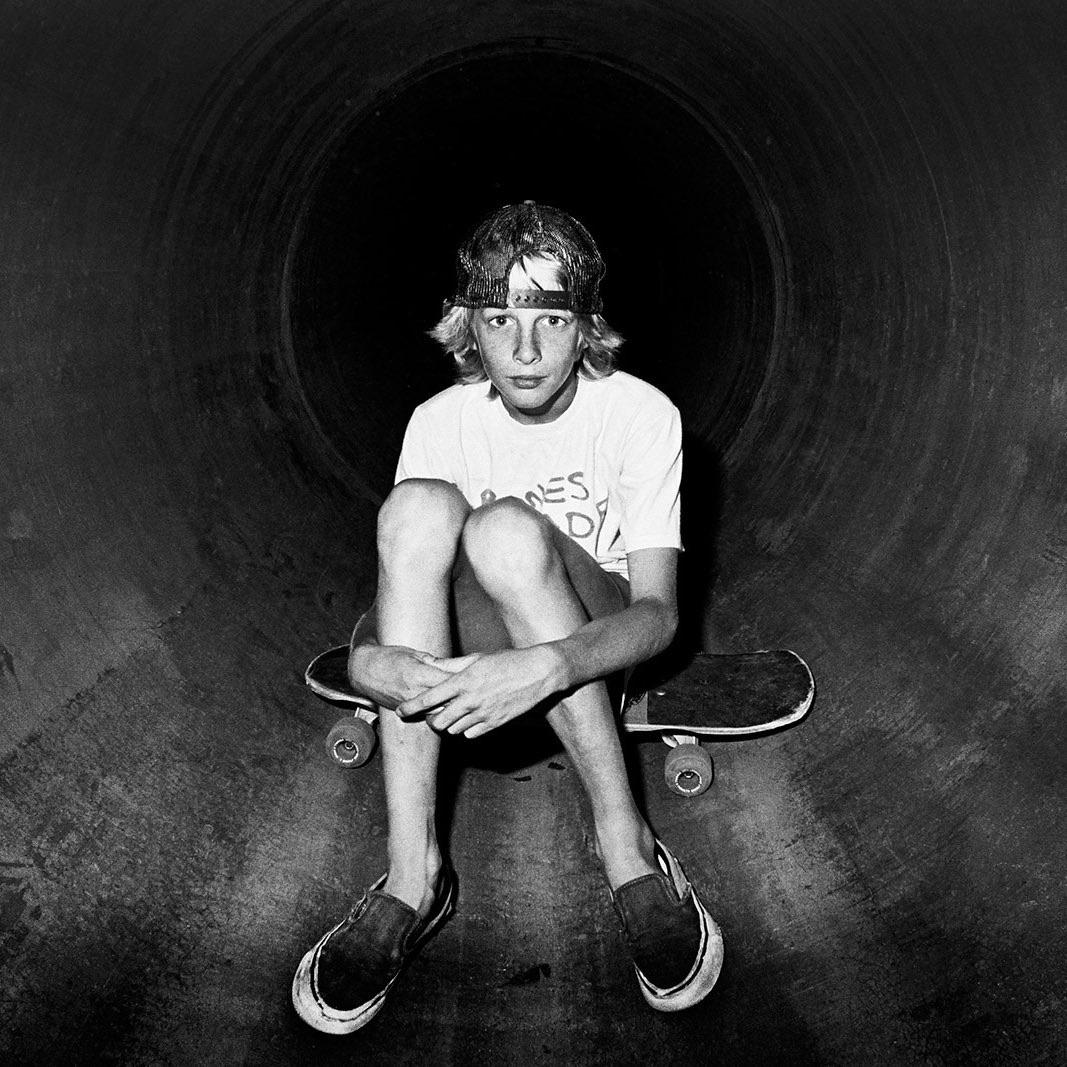
Tony Hawk has been sponsored by Vans for many years.
The brand provided him with shoes and apparel and supported him in various projects and events. Tony Hawk worked with Vans to create special collections of shoes and clothing. These collaborations often featured unique designs and elements that reflect Tony Hawk's style and personality. Tony Hawk and Vans actively support the development of skateboarding among youth.
They organize camps, workshops, and other programs for young skateboarders to help them develop their skills and achieve new heights.
Vans "Off the Wall"
The "Off the Wall" campaign became iconic for the Vans brand and significantly shaped its image and positioning.
Here's a brief history of the first "Off the Wall" advertising campaign: The first "Off the Wall" advertising campaign was launched in 1976. The concept of "Off the Wall" (which translates to "beyond the norm" or "unconventional") was based on the idea of freedom, self-expression, and nonconformity. It encouraged youth to break free from limitations and express their individuality through style and skateboarding.
The "Off the Wall" campaign was presented as a series of various print ads, posters, and commercials. These featured skateboarders and bikers performing tricks in unique and extreme locations, such as empty pools, mountain slopes, and concrete walls. This conveyed the idea of "breaking boundaries" and viewing the world as a playground for creativity and self-expression.
The "Off the Wall" advertising became a symbol of freedom and authenticity, setting Vans apart from other brands. It helped the brand attract the attention of young people, especially skateboarders, who identified with the ideas of nonconformity and individuality. The campaign also established Vans as an iconic brand in the world of extreme sports and street culture.
The first "Off the Wall" advertising campaign was a starting point for the continued growth and establishment of Vans as an iconic symbol of skateboarding and youth culture.
Vans shoes became iconic thanks to pop culture. One of the most famous examples is the 1982 film "Fast Times at Ridgemont High" where Sean Penn's character, Jeff Spicoli, wore Vans Slip-On sneakers with a checkerboard pattern.
‘Fast Times’ definitely put us on the map. We were about a $20-million company before the movie came out, and we were on track for $40 million to $45 million after that.– Steve Van Doren (son of Vans Co-Founder Paul Van Doren)


